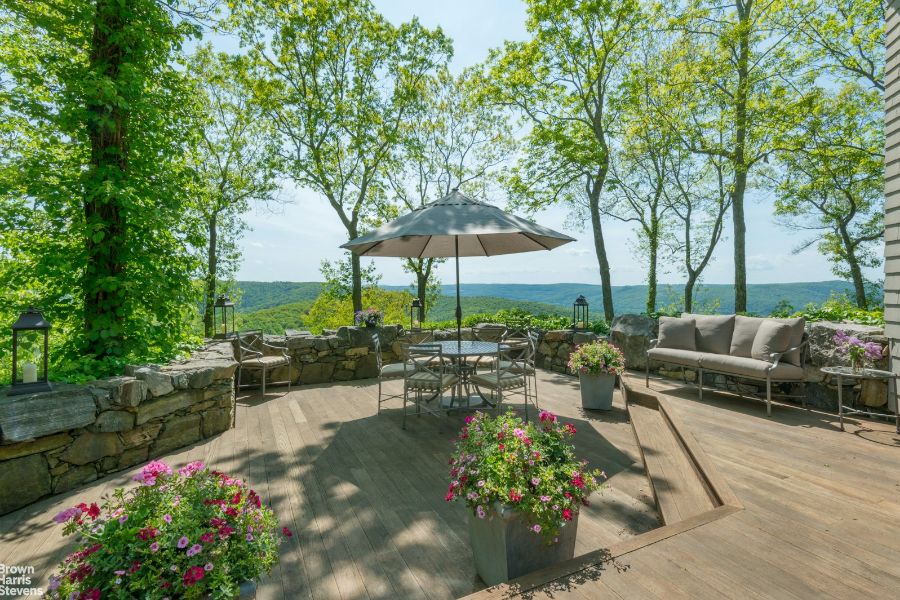Gregory Heym is Chief Economist at Brown Harris Stevens. His weekly series, The Line, covers new developments to the economy, including trends and forecasts. Read on for the latest report and subscribe here to receive The Line in your inbox.
This column is dedicated to housing, because isn't that why we're all here anyway?
Existing Home Sales Fall for the 12th Straight Month

Talk about a depressing headline. According to theNational Association of Realtors, existing home sales fell 0.7% in January, their 12th straight monthly decline. That hasn’t happened since 1999, so it’s kind of a big deal. Existing home sales are also down 36.9% from a year ago—the eighth-straight month with a double-digit annual decline. Ouch. What’s interesting in the NAR data is that even with thesteep decline in sales over the past year, the median sales price last month was still 1.3% higher than January 2022. So, why are prices higher than a year ago when sales are 37% lower than a year ago? Good question—I would point to inventory, or lack thereof. In January 2023, there was just a 2.9-month supply of homes for sale in the U.S. That’s up from 1.6 months a year ago, but it is still very low considering NAR says a "neutral" inventory level is closer to six months. A reading below six months typically means that prices will keep rising, although what’s really "typical" these days? My point is that very tight inventory levels are preventing prices from correcting enough to entice buyers to buy. Agents know how hard it is to get a seller to cut their price when inventory is low, but maybe that’s about to change. NAR’s chief economist Lawrence Yun said he believes "home sales are bottoming out," with buyers "beginning to have better negotiating power." I can tell you that healthy inventory levels are the key to faster recovery, based on our experience in Manhattan. High inventory levels kept prices from rising too much during the 2021/early 2022 boom and motivated sellers to negotiate after the market began to slow in March 2022. Contract activity—while still down from a year ago—is now higher than before the pandemic. While it’s certainly possible that home sales in the U.S. are near a bottom, one big unknown here is mortgage rates. After falling a full percent from their peak in November 2022, 30-year rates have risen for the past few weeks. The Mortgage Bankers Association reported on Wednesday their purchase application index fell 18% last week, to its lowest level since 1995. They attributed this sharp decline to the recent spike in mortgage rates, which certainly makes sense. Theaverage 30-year conforming mortgage rate is now 6.50%, 0.40% higher than just three weeks ago. One important thing to remember is that existing home sales are counted when they close, not when contracts are signed. The lag time between when mortgage rates are locked and sales close means existing sales could rise in the coming months, as buyers took advantage of the rate declines from November to early February.


